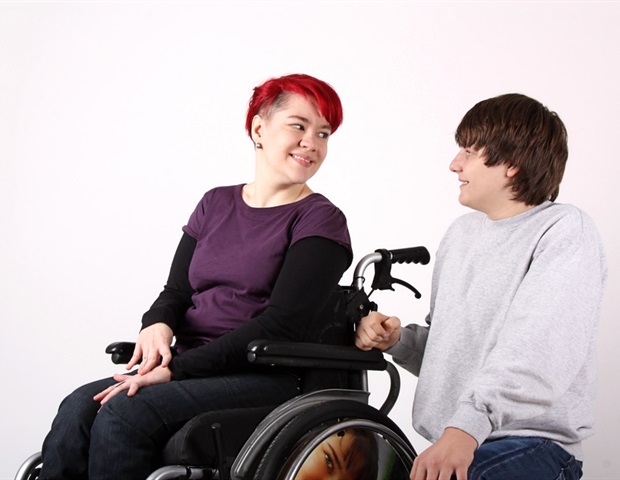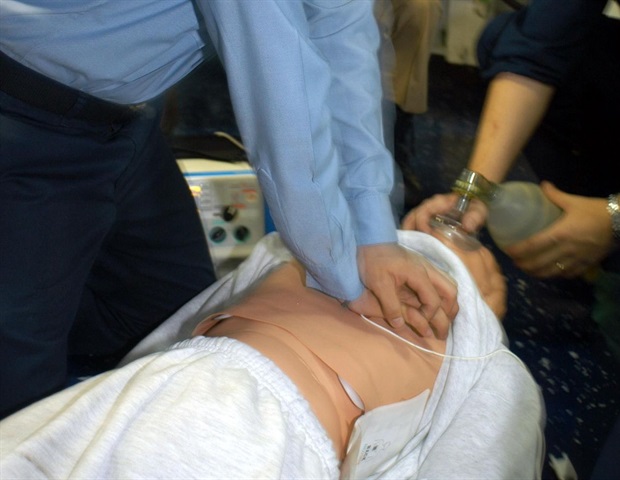Women were less likely than men to receive cardiopulmonary resuscitation (CPR) in public, however, this disparity improved when 911 telecommunicators provided lifesaving instructions to callers seeking help for someone having a cardiac arrest, according to preliminary research to be presented at the American Heart Association's Resuscitation Science Symposium 2024. The meeting will be held Nov. 16-17, 2024, at the Hilton Chicago Hotel in Chicago and will feature the most recent advances related to treating cardiopulmonary arrest and life-threatening traumatic injury.
Cardiac arrest, which occurs when the heart malfunctions and abruptly stops beating, is often fatal without quick medical attention such as CPR to increase blood flow to the heart and brain. More than 357,000 out-of-hospital cardiac arrests happen each year in the U.S. with a 9.3% survival rate.
In this study, researchers identified nearly 2,400 out-of-hospital cardiac arrest cases from the Cardiac Arrest Registry to Enhance Survival (CARES) from 2022 to 2023. They examined differences between women and men receiving bystander CPR and time measures, including time to recognize the need for CPR and time to first compression.
The study found:
- When a telecommunicator provided assistance to a caller by instructing them on how to perform CPR, bystander CPR was given to women 44% of the time and 40% of the time to men, compared to 9% for women and 11% for men when there was no telecommunicator assistance.
- These differences by sex in receiving bystander CPR were not statistically significant, indicating there was no substantial difference between men and women. However, they do showcase the crucial role of the support given by a telecommunicator on the phone during a cardiac emergency.
CPR can double an individual's chance of survival. The findings from our research are consistent with similar results from a study conducted in Korea. Previous research has shown that hesitance may be a reason women are less likely than men to receive CPR in public. Some of the concerns identified were concerns about touching a woman's chest during the lifesaving technique or fear the action could be perceived as assault."
Audrey Blewer, Ph.D., M.P.H., study's lead author and assistant professor in the departments of family medicine and community health and population health sciences in the Schools of Medicine and the School of Nursing at Duke University in Durham, North Carolina
Blewer noted their most recent findings help support the idea that there is a need for more advocacy to support community emergency response, and the role of the telecommunicator is critical and could be instrumental in reducing known sex disparities. This study highlights the importance of the first link in the out-of-hospital cardiac arrest chain of survival -; activation of the emergency response system.
The analysis also found:
- Bystander CPR was administered in 52% of cardiac arrests occurring outside of a hospital. Of these cases, 81% were performed with telecommunicator assistance compared to 19% were provided without assistance.
- The median time from call received to the telecommunicator recognizing the need for CPR was 87 seconds (one minute and 27 seconds) for both women and men.
- The median time to first compression from the time the telecommunicator received the call was 204 seconds (three minutes and 24 seconds) for women, compared to 207 seconds (three minutes and 27 seconds) for men.
"Everyone who experiences a cardiac arrest should have an equal opportunity to receive CPR," Blewer said. "We are doing everything we can to research ways to address this known inequity affecting women. We hope that our research will help close this gap in the future. Most importantly, our findings prove if anyone encounters a person in cardiac arrest, it is important that they call 911 immediately and push hard and fast on the center of the person's chest."
"Taking action will help raise awareness, increase bystander CPR and improve survival from cardiac arrest," she said.
A limitation of the study is that it is a secondary analysis of a larger, ongoing clinical trial, which minimized its sample size. There is a limit in generalizability because the data is from North Carolina, findings may be different for people living in other states.
Study details and background:
- Among people whose cardiac arrest cases were examined, the average age was 63 years old, 67% were white and 37% were women.
- The study used data from the Randomized Cluster Evaluation of Cardiac Arrest Systems, a seven-year trial led by the Duke Clinical Research Institute focused on improving outcomes for out-of-hospital cardiac arrest victims.
- The trial collected information for 8,839 out-of-hospital cardiac arrest cases from July 2022 through December 2023 covering 52 North Carolina counties, about half of the state.
- Researchers identified 2,398 of the cases of out-of-hospital cardiac arrests for their analysis, after excluding pediatric, traumatic and health care facility cardiac arrests and those witnessed by emergency medical services.

 5 days ago
5
5 days ago
5
















.png)

.png)
.png)
.png)













 English (US) ·
English (US) ·  Hindi (IN) ·
Hindi (IN) ·